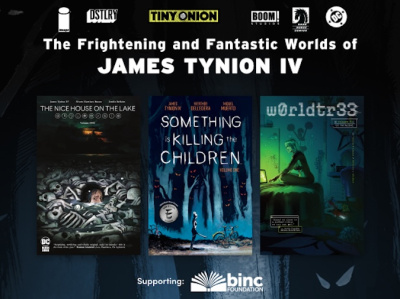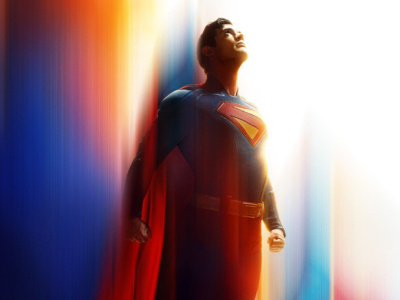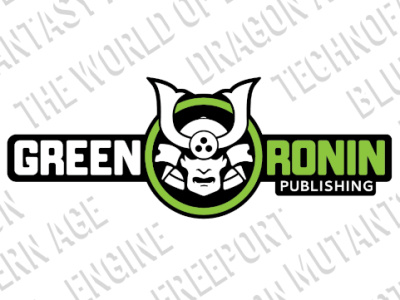With so many victories already in the bank, what lands remain to be conquered in 2015? The philosopher Hegel suggested that every apparent moment of historical triumph contains the seeds of future conflicts and contradictions, and this may be true of geek culture as well.
Here are a few of the big questions arising from the recent string of successes for the business and the artform that we are likely to see play out over the next year.
Can publishers turn fans into readers? And how much do they really want to? Lots of people have noted the gap between the crowds surging at conventions and movie theaters, and the relatively modest growth in the publishing side of comics. If you are a retailer or a traditional comics fan, this looks like a problem needing a solution. After all, what good are all these new fans if they don’t buy the cornerstone product on which the whole creative ecosystem is based?
But that is almost certainly not how the content owners see it. Putting out comics is a relatively costly and troublesome process with limited revenue potential relative to other ways of exploiting the intellectual property. A fan base that buys licensed merchandise and watches entertainment programming without needing a monthly fix of new art and story is probably considered a feature of the new comics economy, not a bug.
The interests of the corporate owners of comics IP and the traditional publishing-retail-fan ecosystem have been diverging for a while. In 2015, absent any incentive to “solve” something they don’t see as a problem, the gap between fans and readers could get even wider.
Are mainstream audiences as interested in “cinematic universes” as producers are? With the unparalleled success of the Avengers franchise, universe-building is all the rage in Hollywood these days. And there’s a certain marketing logic to escalating from sequels, spinoffs and franchises to an entire interconnected matrix of transmedia content.
Is this really what audiences want? Comics fans have a nearly endless appetite for continuity. But comic fans from the 1970s through the 1990s, when sprawling interconnected storylines really took over the superhero publishing world, became a niche market for a reason.
Big-budget blockbusters don’t have the luxury of catering exclusively to a hardcore fanbase. Yet because they have made big bets on continuity-driven universes, they either need to embrace the kind of fanatical attention to detail that tends to alienate casual viewers, or dispense with consistency in the name of “entertainment” and thus become completely ridiculous and incoherent. That’s a hard needle to thread, and we’ll see how well the studios thread it now that creating a connected series of movies isn’t just a cool novelty, but a way of doing business.
Is the current industry capable of producing a new franchise? Despite the occasional big media success of creator-owned work like The Walking Dead, most of the comics-entertainment complex of the 2010s is built on the exploitation of corporate-owned IP. And can anyone name a marketable corporate-owned character developed after 1990?
This hasn’t been a problem so far because the IP owners have been mining a 70-year vein thick with rich ore. Now that we’re getting down to Ant-Man, Aquaman, The Inhumans and Howard the Duck, it might not be too soon to worry about sustainability.
Meanwhile, just about everything else from the creator-owned side over the last five years has disappointed at the box office. That makes it harder for Dark Horse, IDW and Image to make the already-tough case that fresh creator-owned properties are worth the investment and the risk. How long can a pop culture industry sustain itself on 50 year-old concepts? This might be another problem to watch in 2015.
Can geek culture transcend nostalgia? Nostalgia has been part and parcel of geek culture since the 1960s, infusing everything from the collectors’ market to convention programming to the language that comics uses to talk about its own history (e.g., “The Golden Age”).
The Millennial generation (b. 1980-2000), is now the vital economic and creative center of pop culture. They have many positive attributes, including an embrace of diversity, eclectic tastes that encompass a broader range of styles and genres than just superheroes, and far greater gender parity. But they are not nostalgic in the way Boomers and GenXers were, don’t have the space or inclination to store physical media and don’t have disposable income to spend on collectables.
As Millennials continue their advance into both fan culture and the creative side of the industry – and Boomer influence recedes – the traditionalist and historical-minded aspects that made fan culture so cohesive and attractive in the past will start to look more and more old-fashioned. We’ve already seen those conflicts arise in the context of convention exhibitors.
2015 might be the year that 21st century fandom makes a definitive break from what came before. What will that look like? Will it be as durable and attractive as the geek culture that created today’s creative and fan community?
2014 finally resolved a lot of lingering questions and banished a lot of old doubts. In 2015, we’ll have a whole new set of problems to discuss!
--Rob Salkowitz (@robsalk) is author of Comic-Con and the Business of Pop Culture.
The opinions expressed in this column are solely those of the writer, and do not necessarily reflect the views of the editorial staff of ICv2.com.









